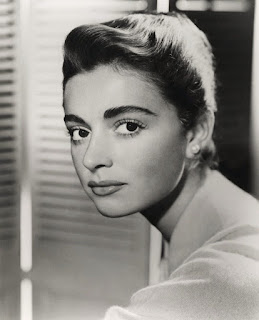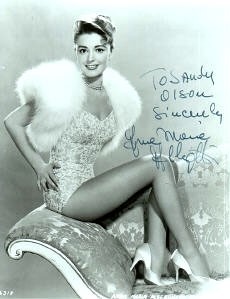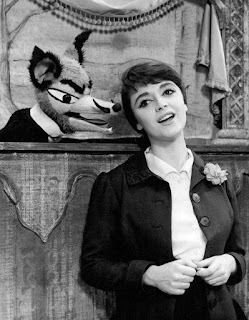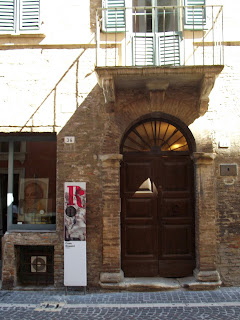Billionaire chairman oversaw golden era at Internazionale
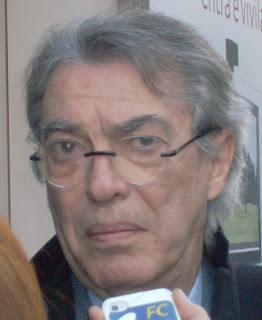 |
| Massimo Moratti followed his father, Angelo, in becoming chairman of Internazionale of Milan |
The billionaire tycoon and former chairman of the
Internazionale football club, Massimo Moratti, was born on this day in 1945 in
Bosco Chiesanuova, a small town in the Veneto about 20km (12 miles) north of
Verona.
His primary business, the energy provider Saras, of which he
is chief executive, owns about 15 per cent of Italy’s oil refining capacity,
mainly through the Sarroch refinery on Sardinia, which has a capacity of about
300,000 barrels per day.
Moratti is estimated to have net wealth of about €1.28
billion ($1.4 billion) yet is said to have spent close to €1.5 billion of his
personal fortune on buying players during his chairmanship of Inter, which
lasted from 1995 until 2013 and encompassed a period of unprecedented success.
Between 2005 and 2011 Inter won the Serie A title five
times, the Coppa Italia and the Supercoppa Italiana four times each, the
Champions League once and the FIFA World Club cup once.
The five Scudetti came in consecutive seasons from 2006 to
2010, equalling the league record.
The only comparable period was the 1960s, when Massimo's father,
Angelo, was chairman and Inter won three Scudetti and the European Cup,
forerunner of the Champions League, twice, with the team known as Grande Inter –
‘the great Inter’.
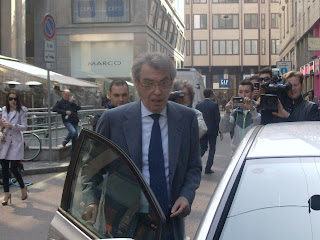 |
| Moratti is a billionaire businessman who made his fortune from the family's energy company, Saras |
Moratti would go to any lengths to sign the best players. His
most famous purchase was the Brazilian striker Ronaldo – then considered the
best player in the world – from Barcelona in the summer of 1997, but two years
later he paid a then world-record €48 million for Lazio striker Christian Vieri.
Other superstars who wore the famous blue and black stripes
in his time included Roberto Carlos, Hernán Crespo, Roberto Baggio, Zlatan
Ibrahimović, Luís Figo and Patrick Vieira.
Yet he was notorious for hiring and firing coaches. In his
time in office there were 15 changes of coach. Even during the years of
success, he ditched Roberto Mancini for José Mourinho.
Mancini won three consecutive Serie A titles, the Coppa
Italia twice and the Supercoppa Italiana twice, yet failed to win in Europe,
which is where Moratti found him wanting.
Moratti was vindicated when, under Mourinho, Inter won the
Champions League in 2010. In fact, the Portuguese
coach led the team to an unprecedented treble that season, winning Serie A and
the Coppa Italia as well.
The fourth son of industrialist Angelo, who founded Saras, Moratti
was born in the family villa in Bosco Chiesanuova. He graduated from Libera
Università Internazionale degli Studi Sociali Guido Carli with a master's
degree in political science.
On his father's death in 1981, he inherited his shares in
the Saras Group, whose main business is the refining of petroleum.
Moratti is also the owner of Sarlux, based in Cagliari,
which focuses on the production of electricity from waste oil. He has another
company involved in generating electricity from alternative sources such as
wind energy.
 |
| Members of the Inter team that won the Scudetto five times between 2006 and 2011 |
In fact, he is married to the environmental activist Emilia
Moratti (née Bossi), with whom he has have five children. Moratti is a United
Nations Goodwill Ambassador.
As Inter chairman he had a long-time rivalry with SilvioBerlusconi, the owner of AC Milan, which even extended to him supporting the
left-wing candidate Giuliano Pisapia in a bid to oust his sister-in-law,
Letizia, as Mayor of Milan.
Letizia had served in Berlusconi’s Forza Italia government
as Minister of Education between 2001 and 2006 and was elected Mayor of Milan
in 2006 under the flag of another of Berlusconi’s parties, the centre-right
alliance Casa della Libertà (House of Freedoms).
In May 2011, however, Moratti put his weight behind the
former communist Pisapia, who emerged as a surprise winner.
Moratti scaled back his interest in Internazionale in November
2013, when International Sports Capital took control of 70 per cent of the club.
Indonesian businessman Erick Thohir, a part-owner of that company, was elected
chairman, with Moratti in the role of honorary chairman.
In June 2016, he sold the remainder of his stake in the club
to Thohir's Nusantara Sports Ventures HK Limited for €60 million. Thohir then
resold those shares to Zhang Jindong's Suning Holdings Group.
The family connection remained through Moratti's wife, Emilia,
who had a place on the club’s advisory board, but Massimo Moratti himself ceased
to be involved.
 |
| The Piazza Chiesa in Bosco Chiesanuova |
Travel tip:
Bosco Chiesanuova, part of a picturesque area known as Lessinia,
offers visitors a range of outdoor activities from summertime nature walks and
horse riding to skiing and ince skating in the winter months. The town’s beautiful
squares are notable for balconies overflowing with geraniums and roof-tops
groaning under the weight of snow, depending on the season. In the attractive
Piazza Chiesa is the beautiful church of San Benedetto and San Tommaso
Apostolo.
 |
| Pula in Sardinia has many Roman ruins such as this arch in the centre of the town |
Travel tip:
The Sarroch refinery in Sardinia is close to Pula, about
25km (15 miles) south of Cagliari, which is renowned as ‘the prettiest town in southern
Sardinia’, famous for relaxing beaches and a spectacular coastline, but also
for its history. The beach at nearby
Nora has a Roman amphitheatre right by the sea, which stages concerts during
the summer. Another beach, at Porto d’Agumo, is guarded by two Spanish
watchtowers. The town fans out from a beautiful central piazza full of
interesting restaurants, gelateria and bars.
Internazionale - birth of a football superpower
How Roberto Mancini coached Inter to a record three consecutive Serie A titles
Luigi Riva - the prolific striker who slipped through Inter's net
1974: The birth of singer-songwriter Laura Pausini
Home
More reading:
Internazionale - birth of a football superpower
How Roberto Mancini coached Inter to a record three consecutive Serie A titles
Luigi Riva - the prolific striker who slipped through Inter's net
Also on this day:
1974: The birth of singer-songwriter Laura Pausini
Home
